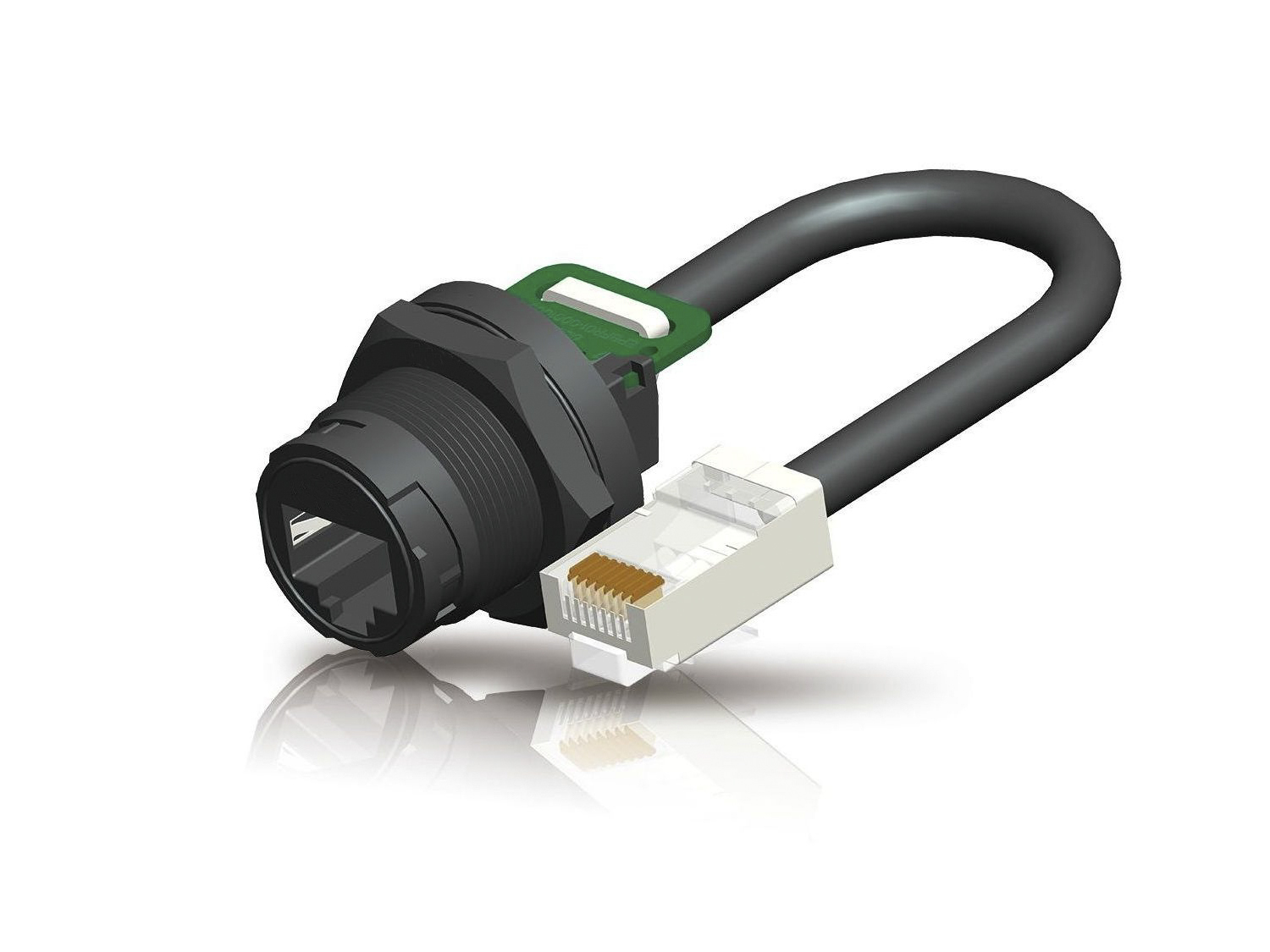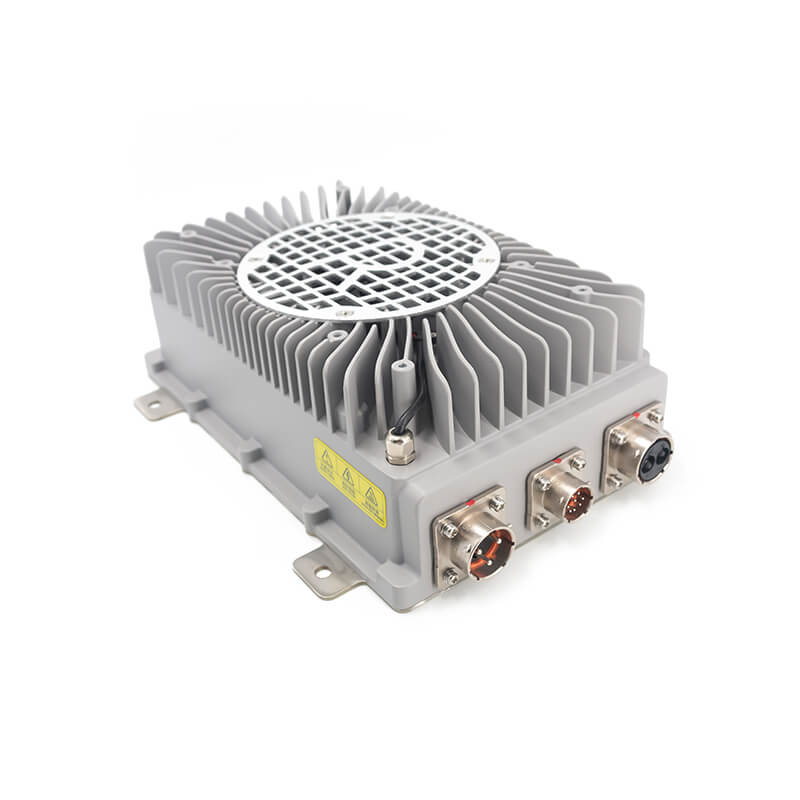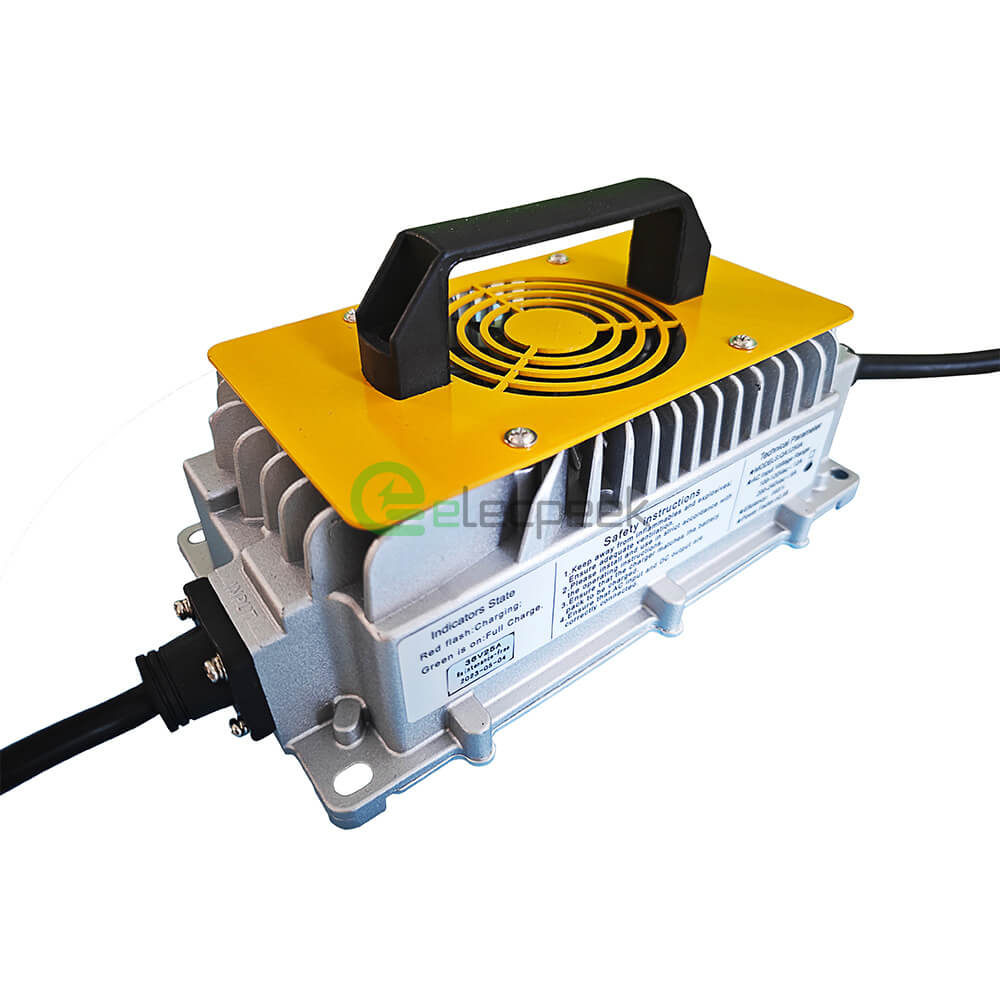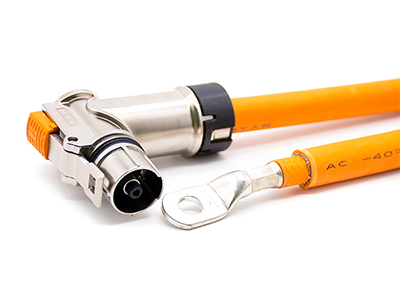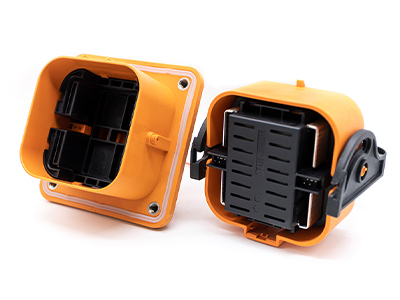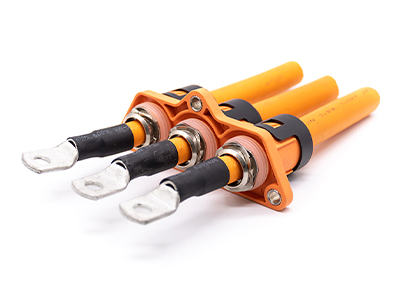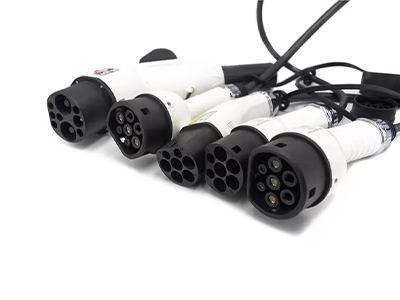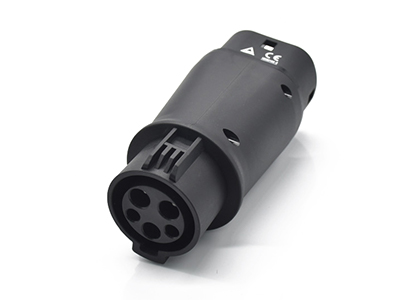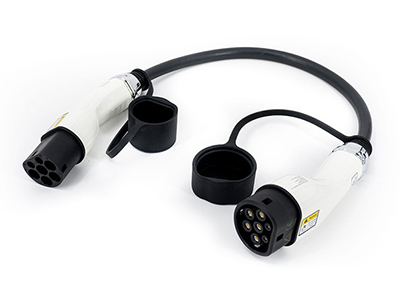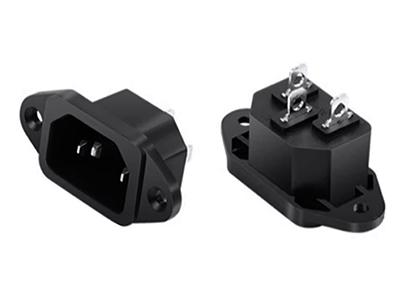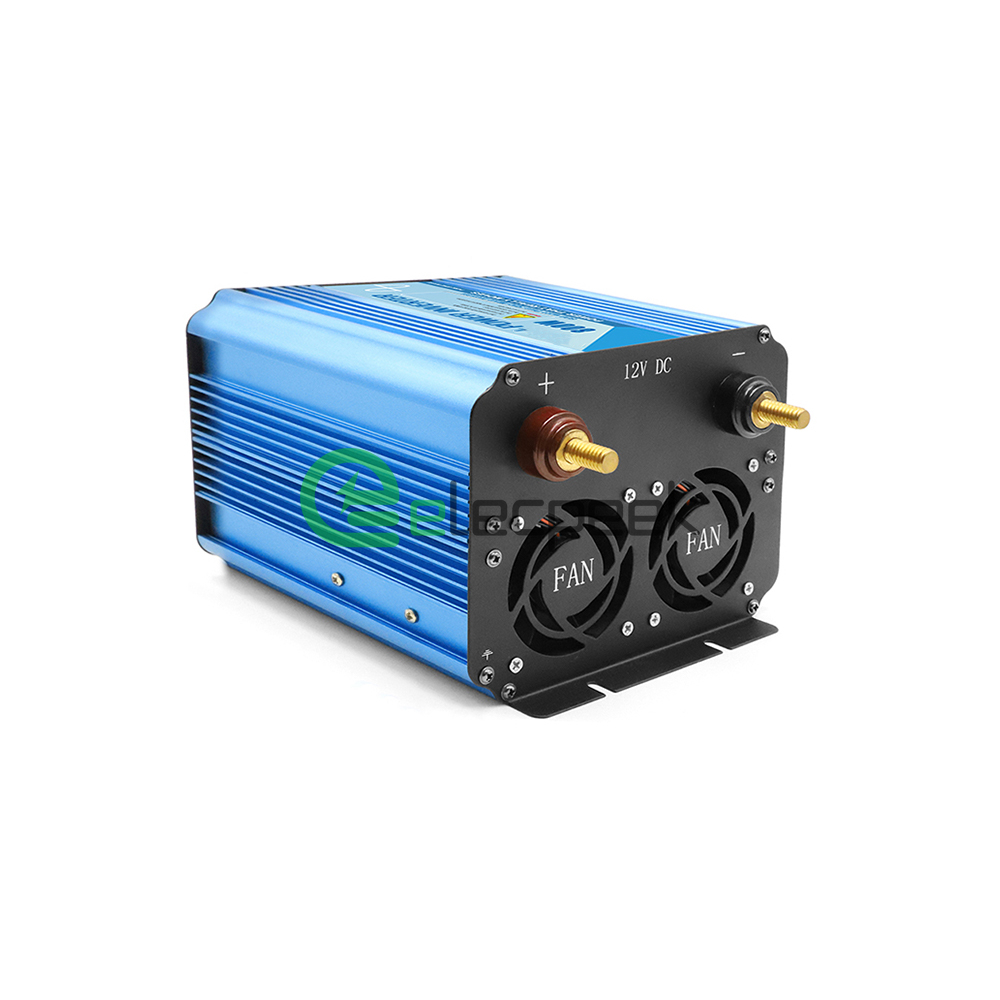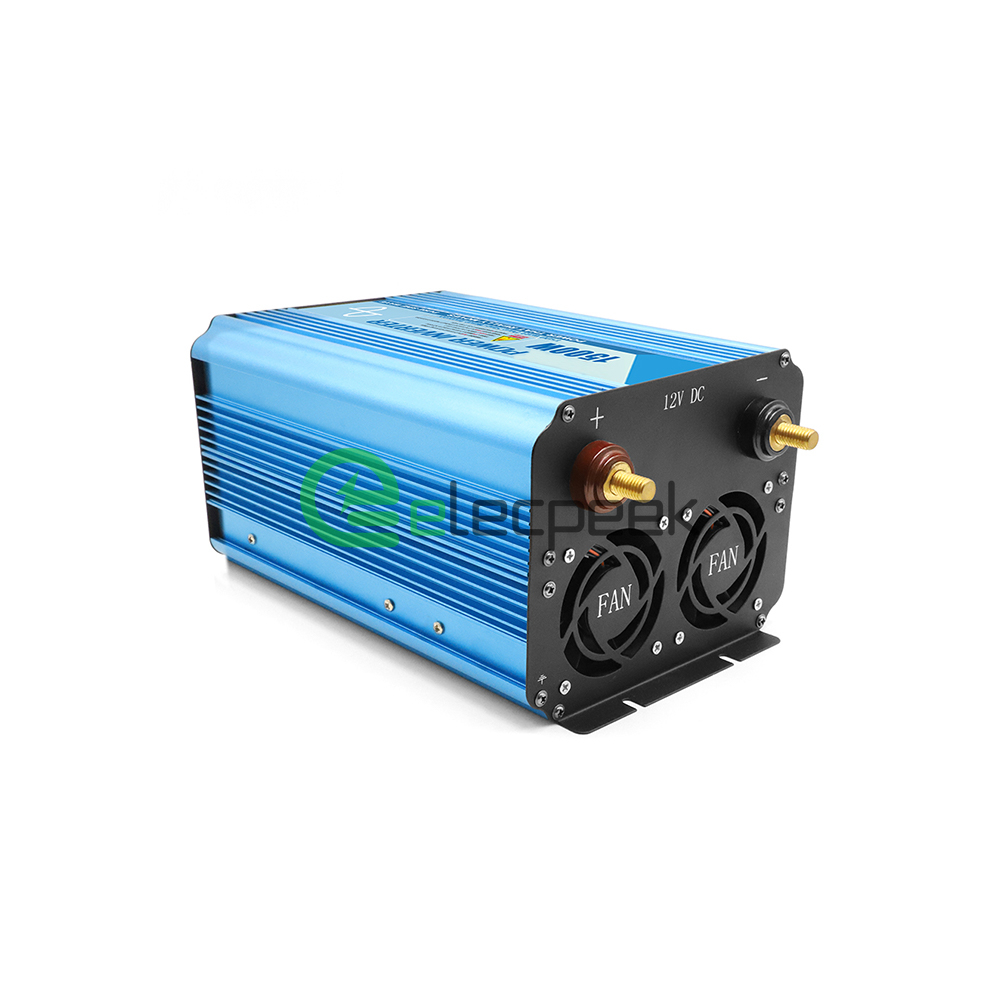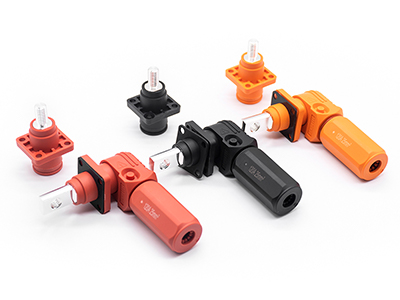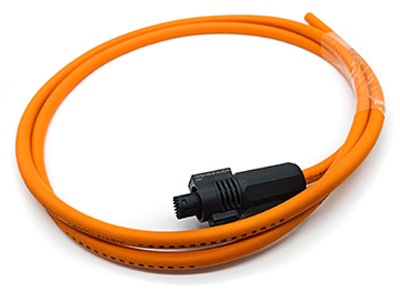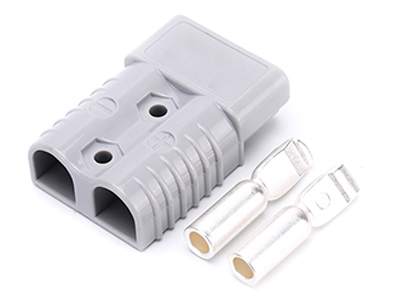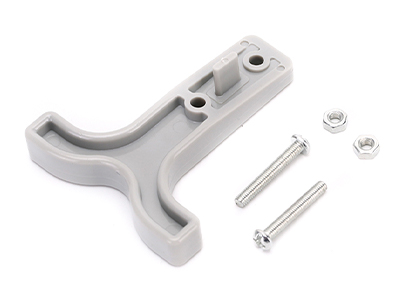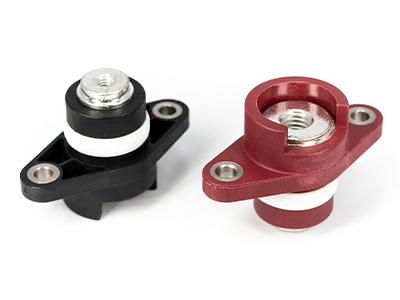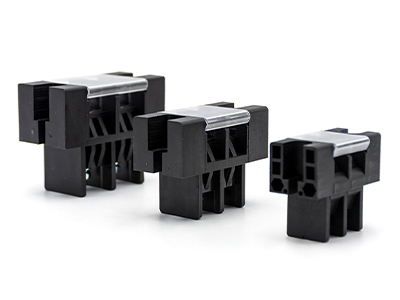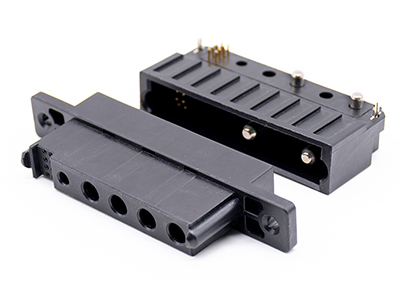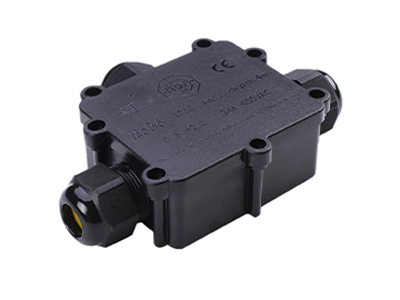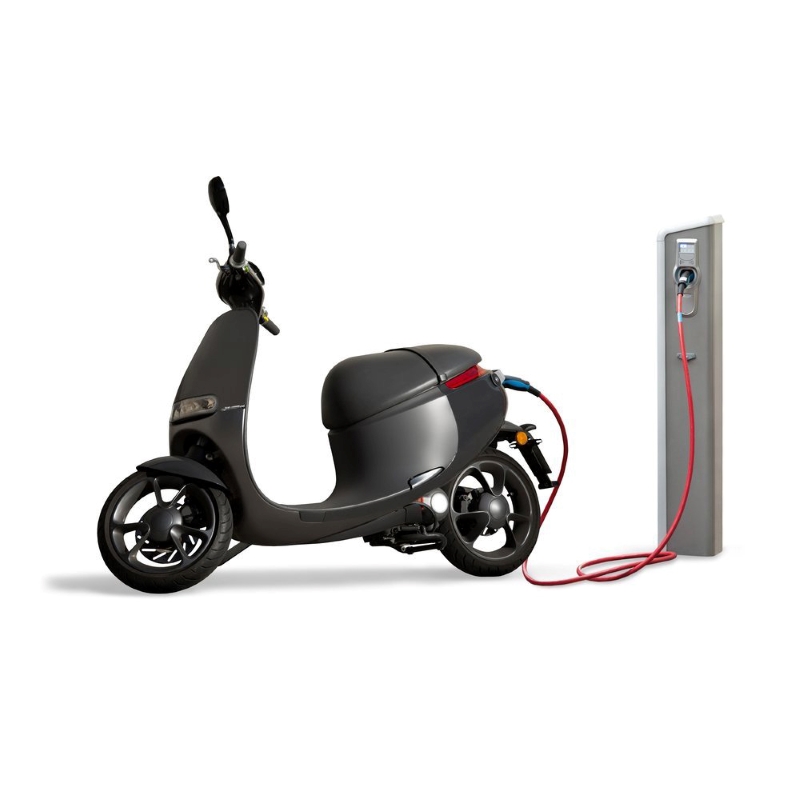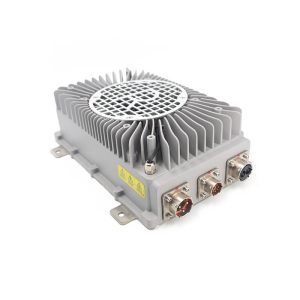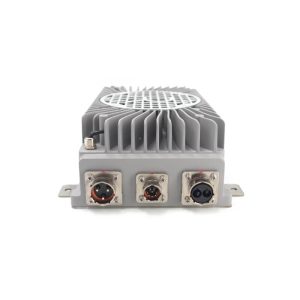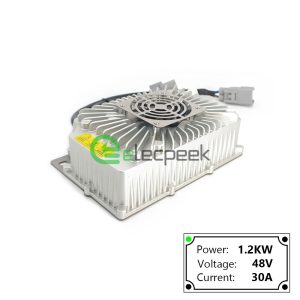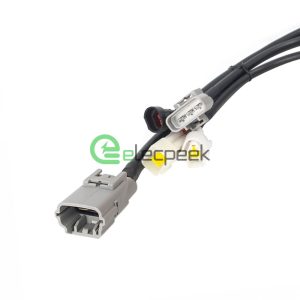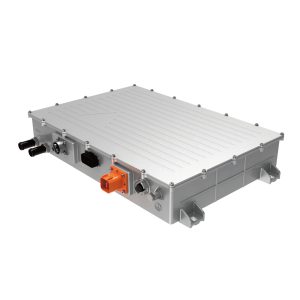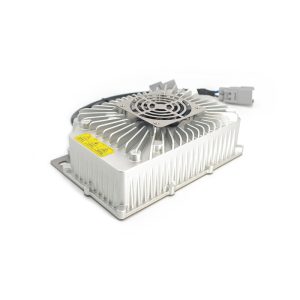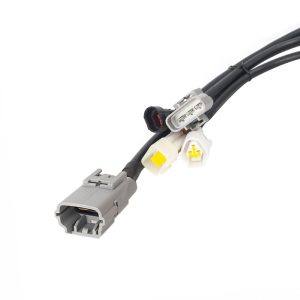News
Why Electric UTVs are Superior to Golf Carts?
Off-road enthusiasts and outdoor workers know that traditional gasoline all-terrain vehicles (ATVs) are powerful but have many drawbacks, such as high noise levels, emissions pollution, and high maintenance costs. In contrast, electric ATVs have significant advantages.
Firstly, electric ATVs have no exhaust emissions, reducing air pollution and greenhouse gas emissions, contributing to environmental protection. Secondly, electric ATVs operate with lower noise levels, making them suitable for use in noise-sensitive areas such as residential neighborhoods and wildlife reserves.
Additionally, electric ATVs have fewer mechanical parts and do not require frequent oil changes, spark plug replacements, etc., leading to lower maintenance costs. They are easy to operate, with no complex starting procedures, making them more user-friendly. Electric motors are highly efficient, more energy-saving compared to internal combustion engines, and have relatively lower operating costs.

Electric motors provide instant maximum torque, offering better acceleration performance and an enhanced driving experience. They run smoothly, with lower noise and vibration levels, ensuring a more comfortable ride. Electric ATVs can be charged using renewable energy sources such as solar or wind power, reducing reliance on fossil fuels like petroleum. They offer safer storage, as they do not use flammable fuels, reducing the risk of safety hazards caused by fuel leaks or explosions. Furthermore, electric ATVs can more easily integrate smart technologies such as autonomous driving, remote control, and data monitoring, enhancing convenience and safety. These advantages make electric ATVs superior in terms of environmental protection, economics, and performance, gradually gaining favor among more users.

As electric vehicles become increasingly popular, many people are starting to choose electric UTVs to replace traditional golf carts. Although golf carts have been a staple in many communities for years, electric UTVs offer several advantages that make them a better choice in certain situations. In this blog post, we will explore why electric UTVs are superior to golf carts.

Comparison of Golf Carts and Electric UTVs
As electric vehicles become increasingly popular, many people are starting to choose electric UTVs to replace traditional golf carts. Although golf carts have been a staple in many communities for years, electric UTVs offer several advantages that make them a better choice in certain situations. In this blog post, we will explore why electric UTVs are superior to golf carts.

Power and Performance
Compared to regular golf carts, electric UTVs are designed to handle more rugged terrains and heavier workloads. They come with larger tires and more robust suspension systems, allowing them to better navigate rough terrain, steep hills, and heavy loads. Unlike golf carts, the DRR USA EV Pathfinder UTV features four-wheel drive, making it more suitable for off-road use. Electric UTVs are equipped with more powerful motors, providing faster speeds and better climbing capabilities, often surpassing golf carts.
Cargo Capacity
Electric UTVs offer larger cargo spaces compared to golf carts, making them ideal for transporting equipment, tools, and supplies. The EV Pathfinder UTV includes an automatic dump bed and comes standard with a hitch. Electric UTVs can carry up to 1,000 pounds, making them better suited for hauling heavy loads. Additionally, many electric UTVs come with hitches, allowing them to tow trailers and other equipment.
Comfort and Safety
Electric UTVs provide a more comfortable and safer ride compared to golf carts. They typically feature more comfortable seating, better suspension systems, windshields, and roofs to protect passengers from harsh weather. Electric UTVs also come equipped with safety belts, roll cages, and other safety features to ensure passenger safety in case of accidents. In contrast, golf carts lack many of these safety features and can be dangerous in certain situations.

Range and Battery Life
Electric UTVs offer longer ranges and battery life compared to golf carts. Equipped with larger batteries and more efficient engines, electric UTVs can travel longer distances on a single charge than golf carts. This makes them more suitable for large properties, farms, and other applications requiring extensive ground coverage.
Versatility
Electric UTVs are more versatile than golf carts. While golf carts are primarily used on golf courses, electric UTVs can be used for various purposes. They are commonly used on farms, construction sites, and industrial facilities, as well as for recreational purposes.
In conclusion, electric UTVs offer numerous advantages over golf carts, including power and performance, cargo capacity, comfort and safety, range and battery life, and versatility. While golf carts remain a popular choice for certain applications, electric UTVs are often a better option in many scenarios. Whether you need a vehicle for work or play, electric UTVs are a wise investment that will provide reliable service for years to come.
The following are the parameters of the mainstream electric ATV
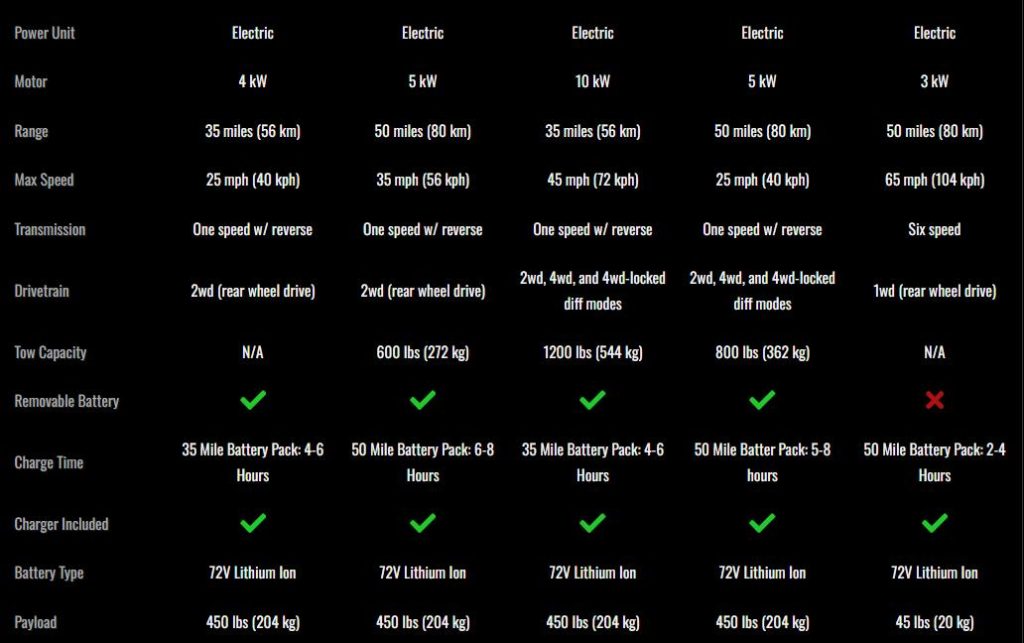
Drive types include rear-wheel drive and four-wheel drive, with engine power ranging from 4 kW to 7.5 kW, and a maximum range of 50 miles. Intelligent BMS battery management system: monitors charging, discharging, and temperature parameters throughout the journey. In case of anomalies such as overload, overcharging, or overheating, it automatically issues real-time alerts, intervenes actively, and adjusts dynamically to ensure driving safety.
How to install the OBC?
STEP1
Remove the seat

STEP2
Remove the cover to access the On-board charger
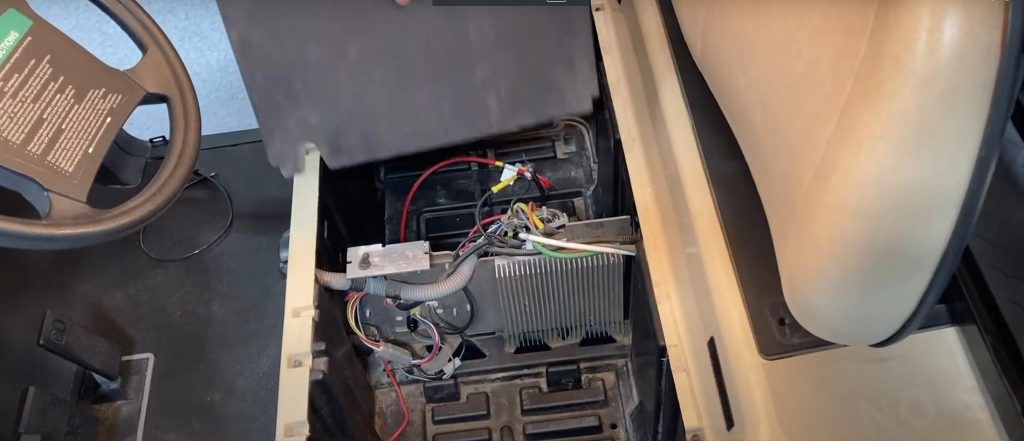
STEP3
Disconnect the Negative Charging Cable & the Negative OBC Cable

STEP4
Connect the OBC By pan Cable to the Negative Charger Cable

STEP5
Insert your Drop-in Ready Lithium Batteries

STEP6
Connect the OBC Cable directly to Negative Battery Terminal

STEP7
Connect the positive Charging Cable directly to Positive Battery Terminal

STEP8
You can now charge the cart with your OBC Charger

Here are some charging recommendations for an OBC (On-Board Charger):
Select appropriate charging equipment: Use charging equipment compatible with your vehicle model and ensure the charging current and voltage are within the allowed range for your vehicle.
Avoid overcharging: Do not overcharge for extended periods. It is recommended to stop charging when the battery level reaches 80% to 90% to extend battery life.
Control the ambient temperature: Avoid charging in extreme temperature environments. The ideal charging temperature range is between 10°C and 30°C.
Use a reliable power source: Try to use official public charging stations or dedicated home charging equipment, and avoid using substandard power sources or adapters to prevent battery damage.
Regularly inspect charging equipment: Regularly check the condition of the charging station and charging cables to ensure there are no damages or signs of aging, preventing potential safety hazards during the charging process.
Balanced charging: Avoid keeping the battery at extremely low or high charge levels for long periods. Maintain the battery charge between 20% and 80%, and perform balanced charging to help extend battery life.
Rated OBC Products

Get in Touch
Elecpeek has been engaged in the connector and cable industry for more than 15 years, providing customers with a one-stop experience. If you have any needs for related products, please feel free to contact us.
Mobile:(+86)18086610187
Email:[email protected]


